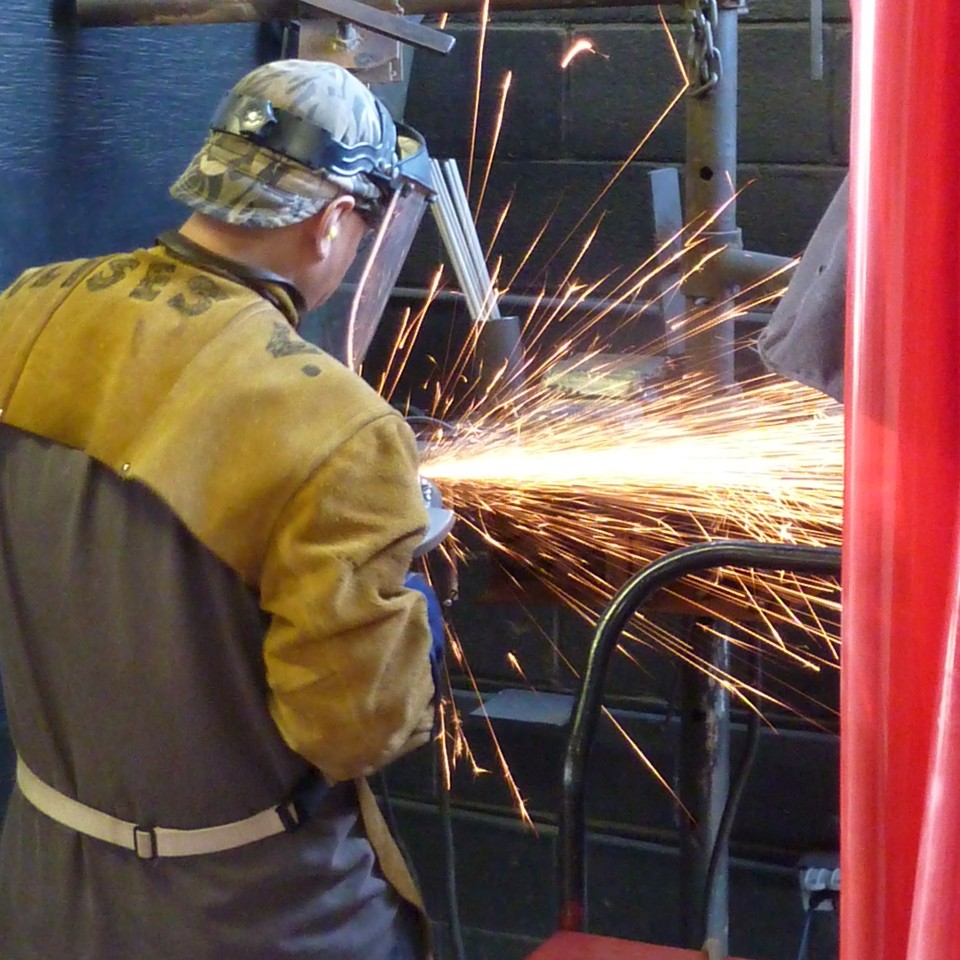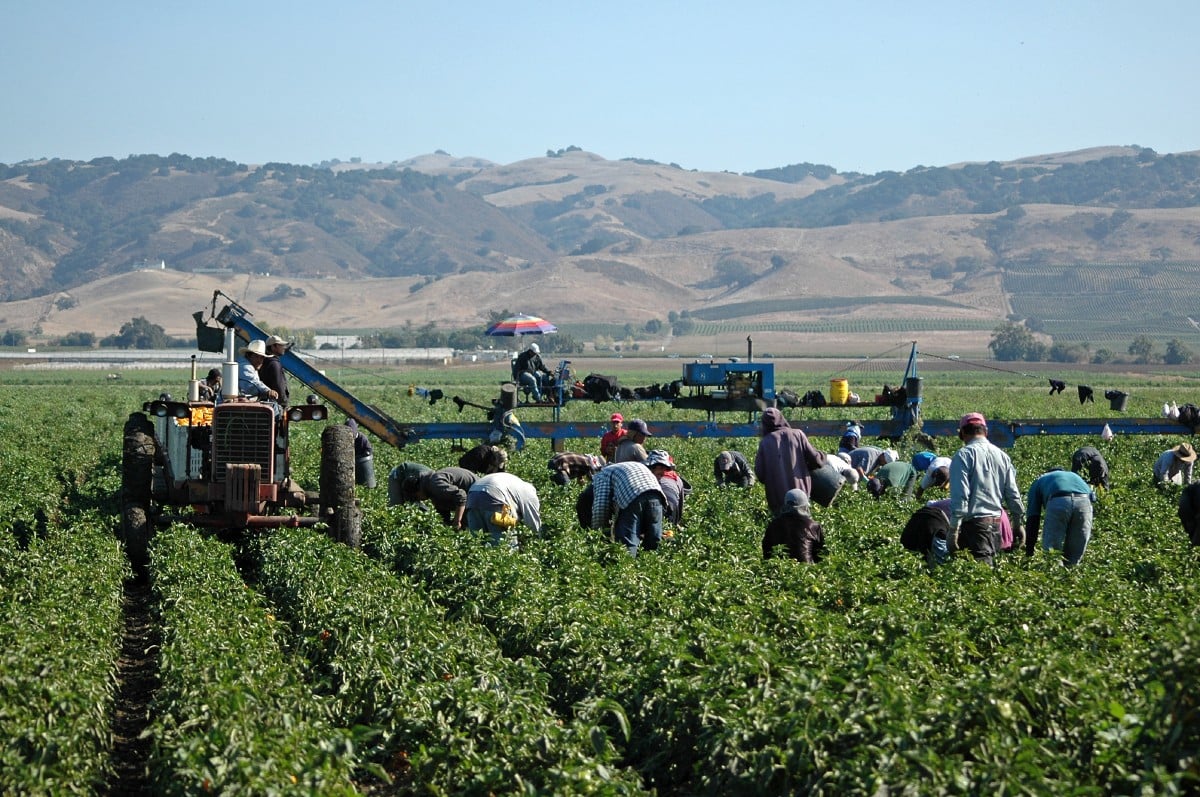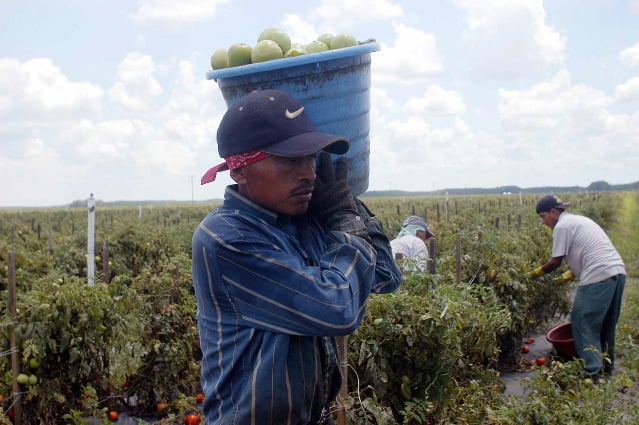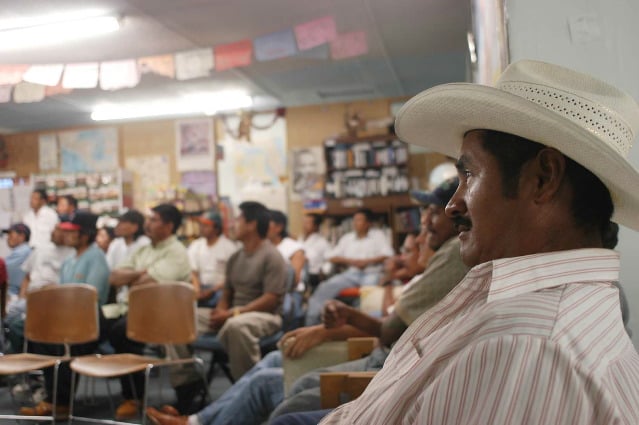3 min read
What Can You Do With Training in Welding Fabrication? - CET
 Amy Lawrence
:
Nov 11, 2020 9:00:00 PM
Amy Lawrence
:
Nov 11, 2020 9:00:00 PM

Perhaps you’re drawn to the idea of welding. Creating and building a usable product out of metal with the power of heat using your own two hands? It’s certainly an appealing concept.
In welding, raw metal materials are bent, shaped, cut and melded together to build a final product, all at the hands of a skilled craftsman. These welder fabricators can do all sorts of things, like fabricate custom cars, motorcycles, metal art and more. In certain scenarios, welding can even be performed underwater!
More than 50% of all manmade products require some kind of welding, which means that whether you know it already or not, there’s a lot you can do once you’ve learned the art of welding fabrication.
The Top Industries for Welding Fabrication
Training in welding fabrication doesn’t mean you have to follow a singular path. There are countless job openings in as many industries where welders can find work, which means that welding opens doors to a variety of career opportunities.
What are some of the major industries that need the work of welders?
Transportation
Many aspects of the transportation industry require the work of strong welders. By land, sea, and air, welders are needed to keep us moving. Custom cars and motorcycles need to be assembled and repaired as well as light and heavy railway equipment. Many welders find great work repairing train cars.
Additionally, shipping and maritime components need to be manufactured and repaired, making welding an important element of the global supply chain. And if you have your eyes on the skies? Many aerospace components require welding as well.
Manufacturing
Throughout the manufacturing industry, welders are a vital part of production. All kinds of manufactured goods need to be welded, from small metal supports to large military tools and equipment.
According to Welding Insider, 60% of all welding jobs are in the manufacturing sector. The mass production of everything from computer components and machinery coils to furniture, agricultural tools, and mining machinery and equipment means that many goods that are assembled on a production line need to be welded at some point in the process.
Infrastructure
How does welding fit into the creation of our nation’s infrastructure? All kinds of structures need to be welded together, including skyscrapers, bridge and highway components, and various building and structural components.
What else within our infrastructure requires welding?
- Pilings
- Girders
- Bearings
- Bracings
- Expansion joints
- Railings
- Deck formings
- Sign structures, mast poles, and traffic signals
Other Careers in Welding Fabrication
Besides these industries, where can you find welding work? There are several other occupations where welding is a regular part of the job description.
Ironworkers
Ironworkers regularly use welding and burning equipment for structural work as well as reinforcing, ornamental ironwork, and rigging ironwork to secure metal to a structure. Many ironworkers are tested to be designated as a certified welder. Ironworkers also:
- Construct iron and steel structures
- Use tools like rod-bending machines and metal shears
- Travel to job sites throughout their area
Boilermakers
Boilermakers construct boilers that are used to heat fluids and generate pressure to create electric power and heat. They also inspect and maintain boilers on site and may repair or replace key elements to keep these boilers structurally sound.
Boilermakers use welding, bolting and riveting. Most work full time and often travel to various locations like factories, ships, and water treatment plants to make repairs on site. Boilermakers also:
- Assemble, inspect, clean and maintain large tanks that are used to process and store oil, beer, chemicals, and other liquids
- Construct air pollution abatement equipment, smokestacks, and blast furnaces
- Monitor and repair large pipes at dams, which are used for hydroelectric power
Pipefitters
A pipefitter—also called a steamfitter—is responsible for organizing, assembling, creating, monitoring, and maintaining high-pressure pipe systems, including:
- Heating and cooling systems
- Working with steam
- Ventilation systems
- Hydraulics
- Chemical systems
- Fuel systems
Pipefitters are often thought to be synonymous with plumbers, but plumbers work with low-pressure piping systems while pipefitters work in welding instead of water or water sanitation.
At the Center for Employment Training (CET), our welding fabrication students learn the skills they need to find a job as a welder. Our students practice shop safety, cover welding-related math and English skills, and receive training in how to interpret a blueprint accurately.
Welding fabrication students also become well versed in essential welding theories and get projects like they would receive on the job for a truly well-rounded education. They gain hands-on experience using tools like grinders, cutters, and welding machines. And after graduation, we work hard to help our students find a job applying their newly acquired skills.
Ready to get started in the diverse field of welding fabrication? At CET, you can start learning as soon as tomorrow. Contact us today to learn more!

Welding Together a Better Future: A National Farmworker Jobs Program Success Story
The National Farmworker Jobs Program (NFJP) is a valuable program from the U.S. Department of Labor that’s empowering farmworkers across the country...

